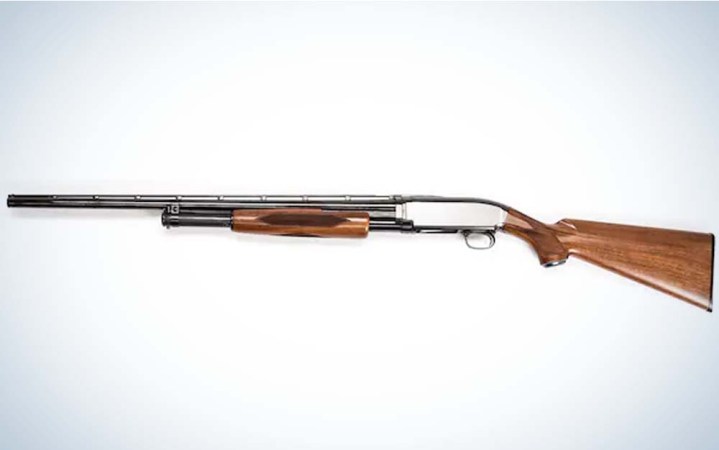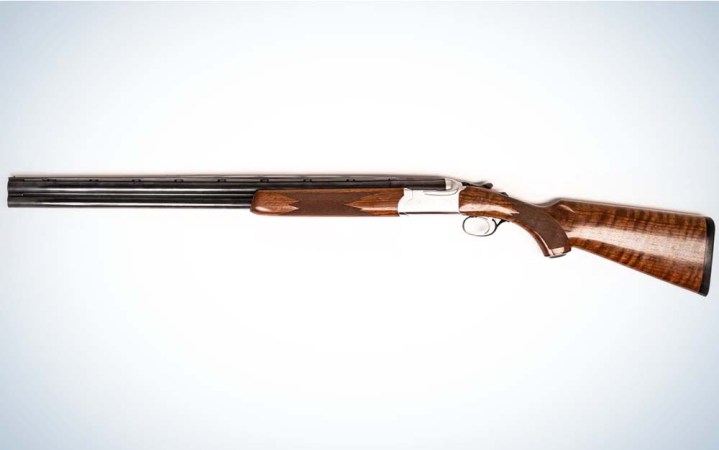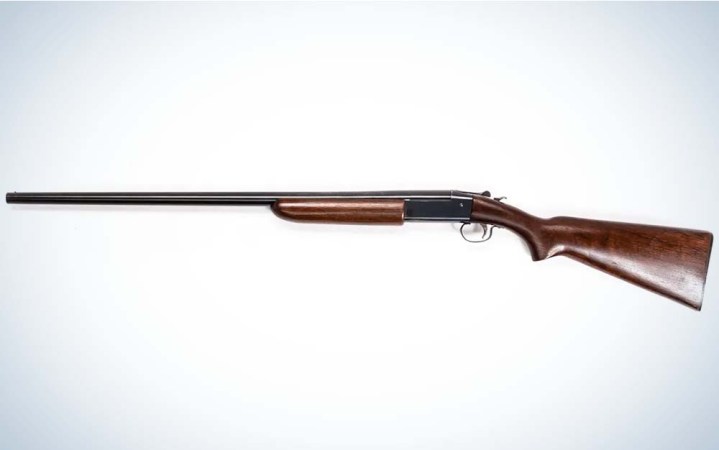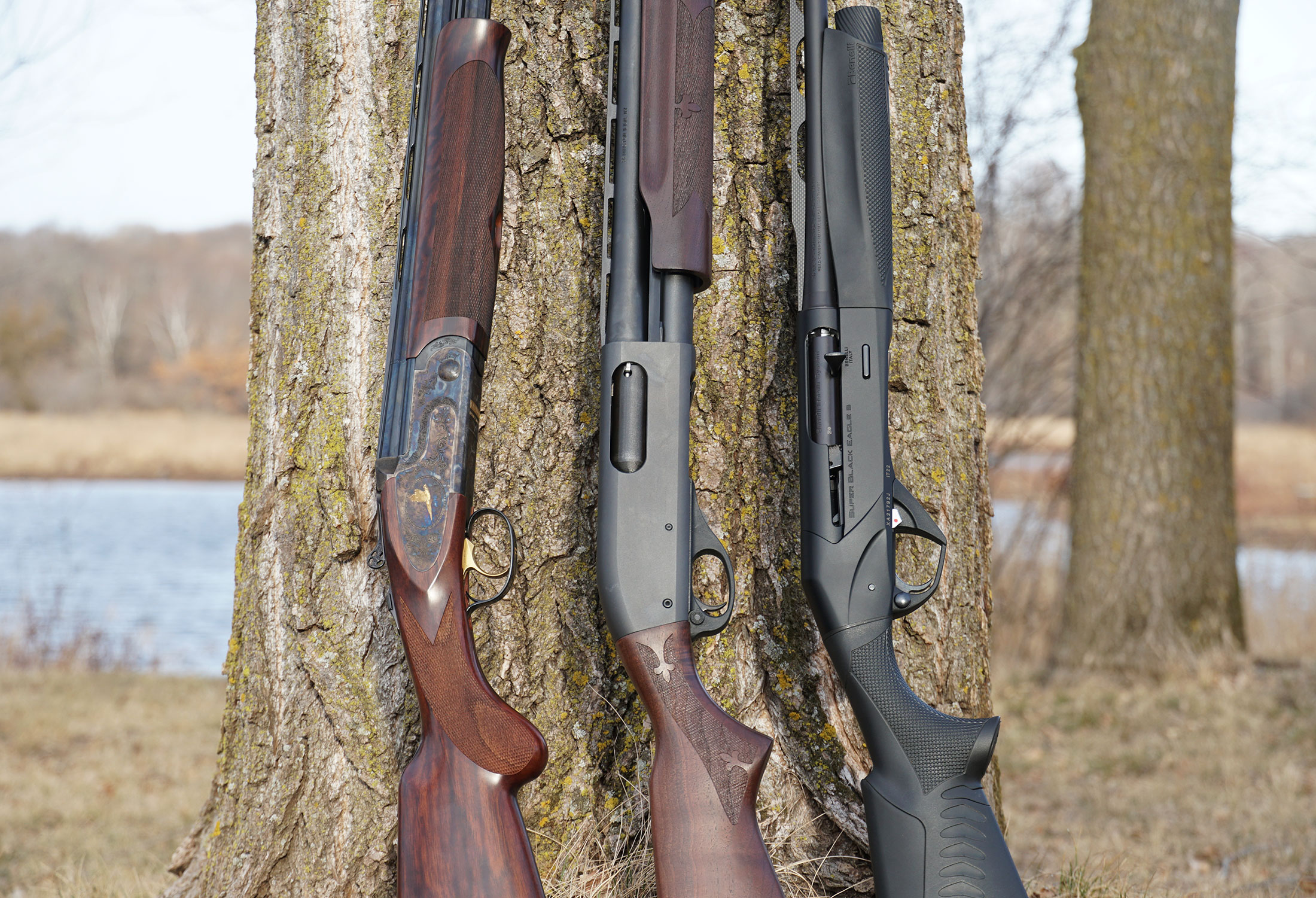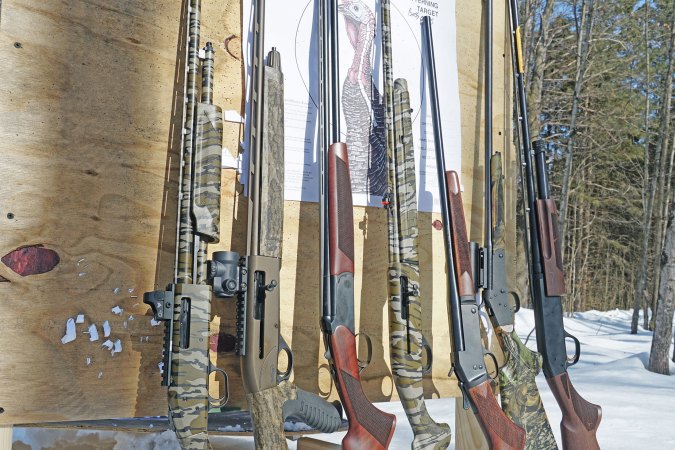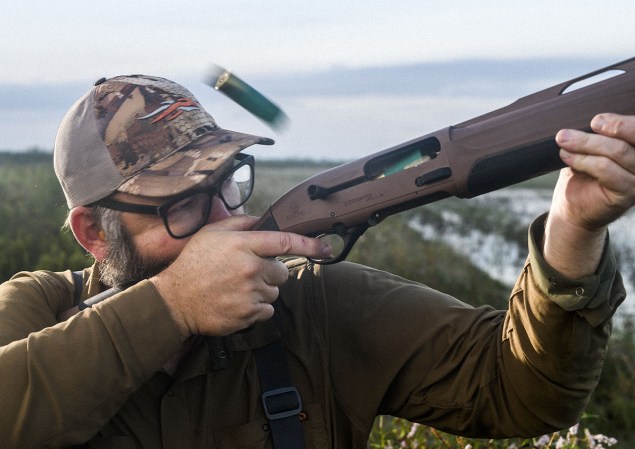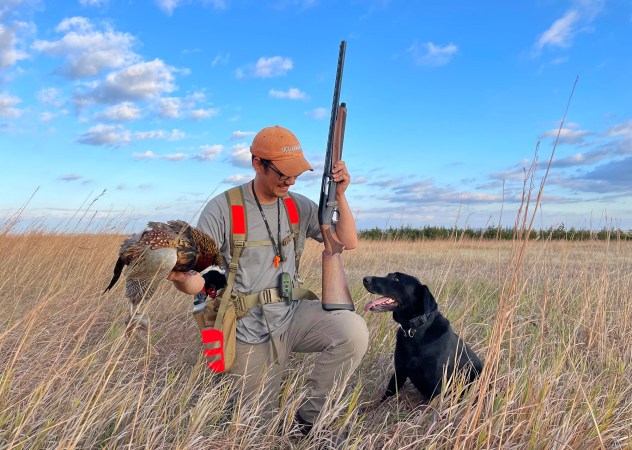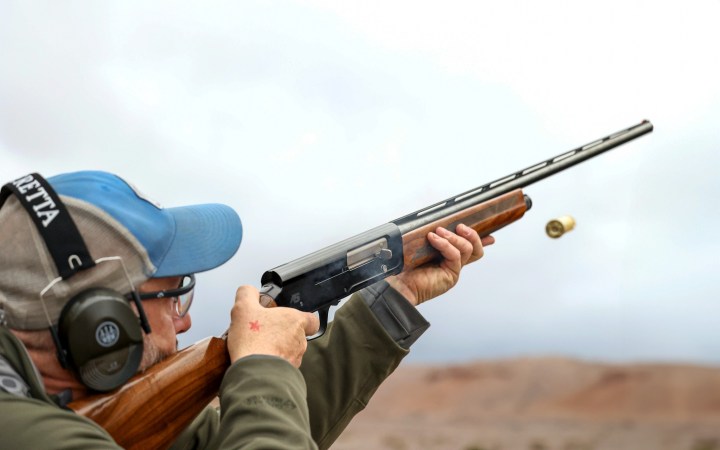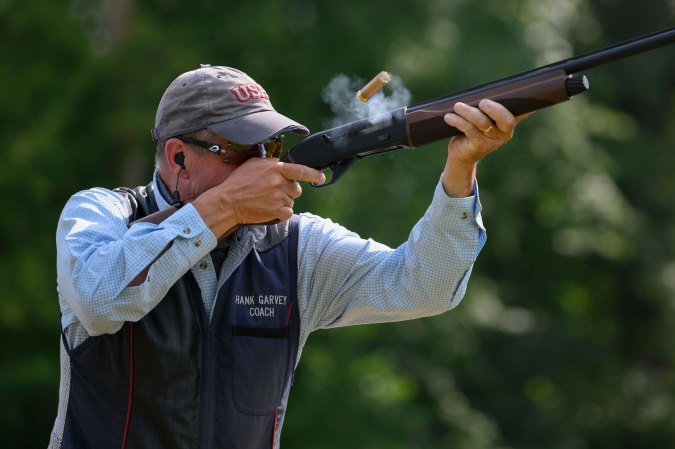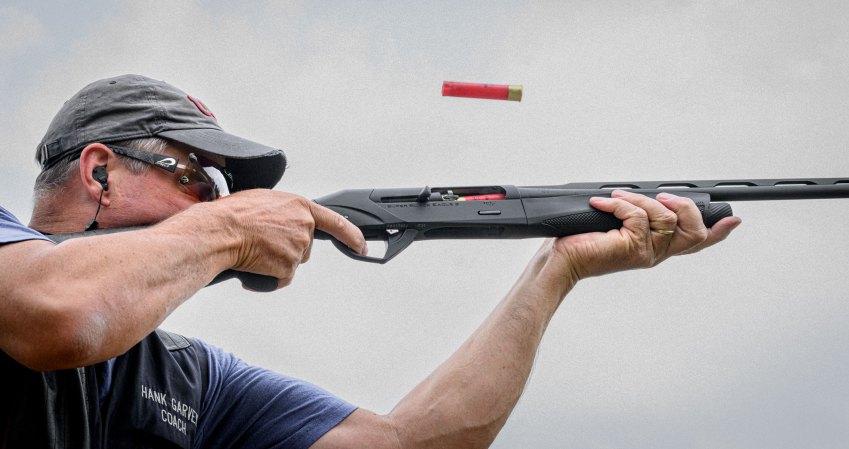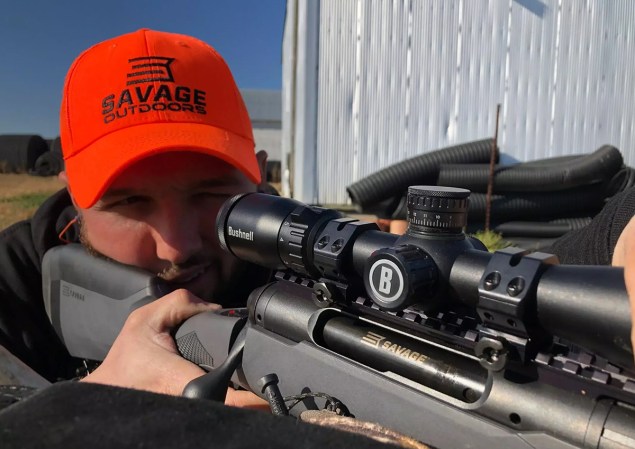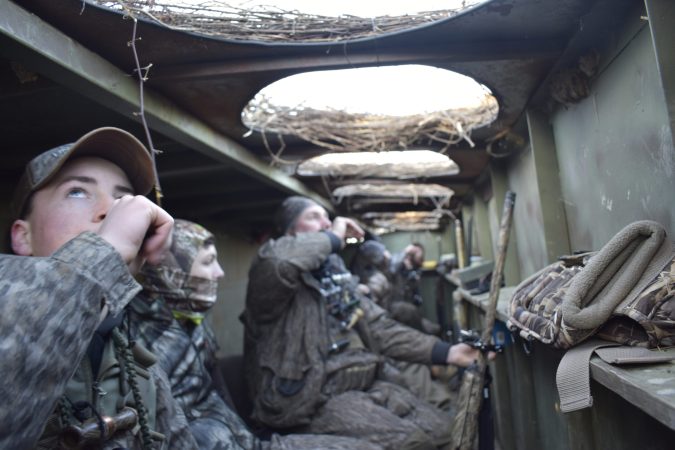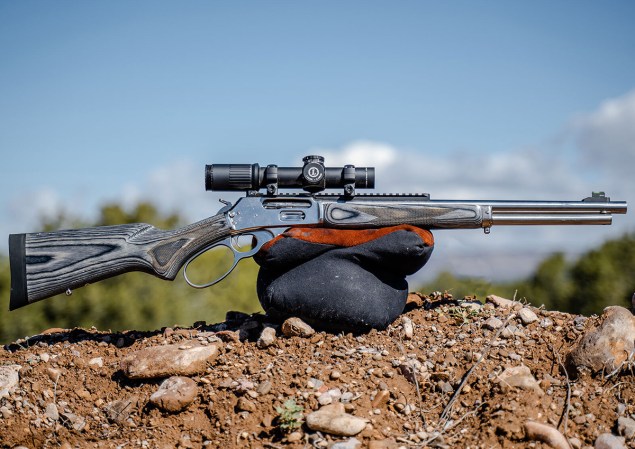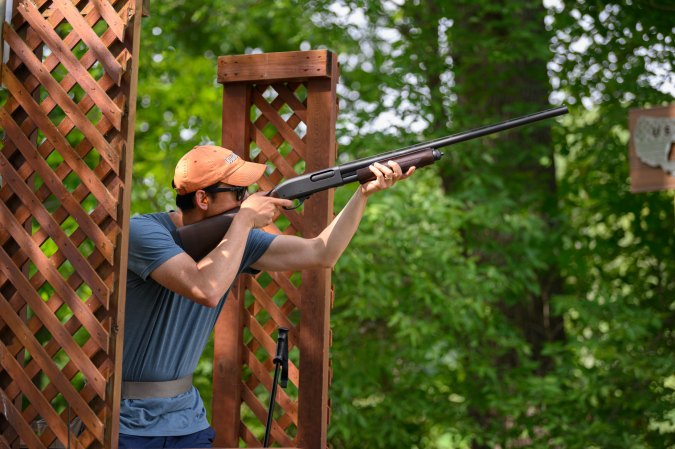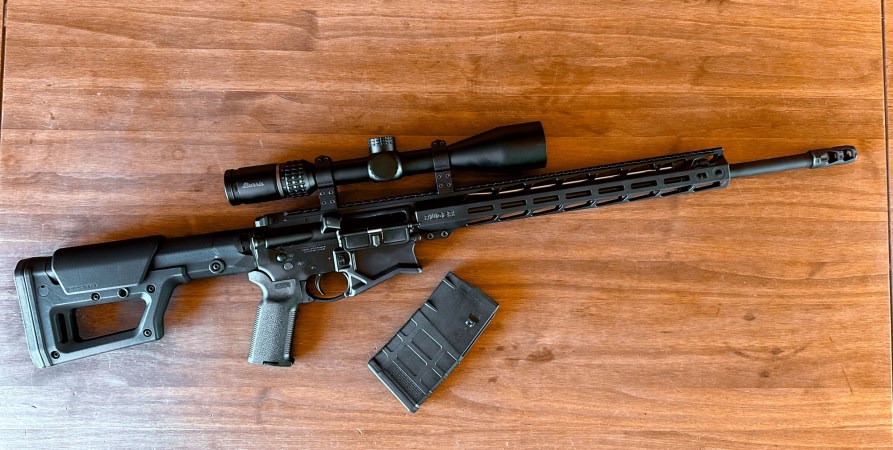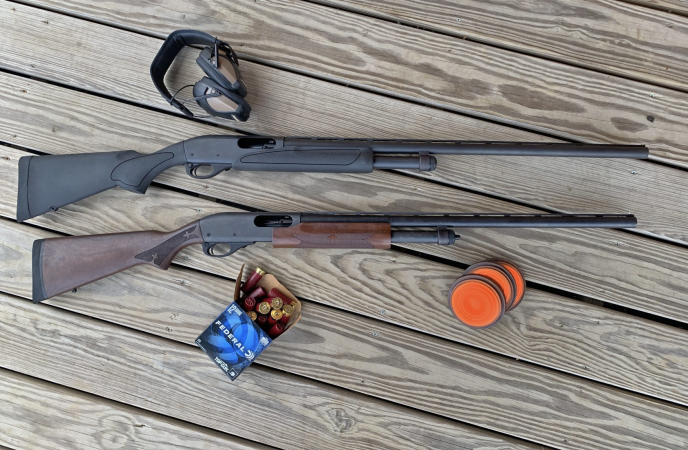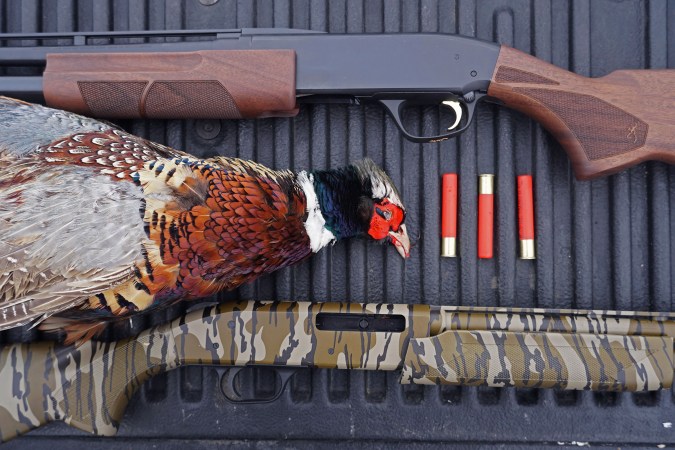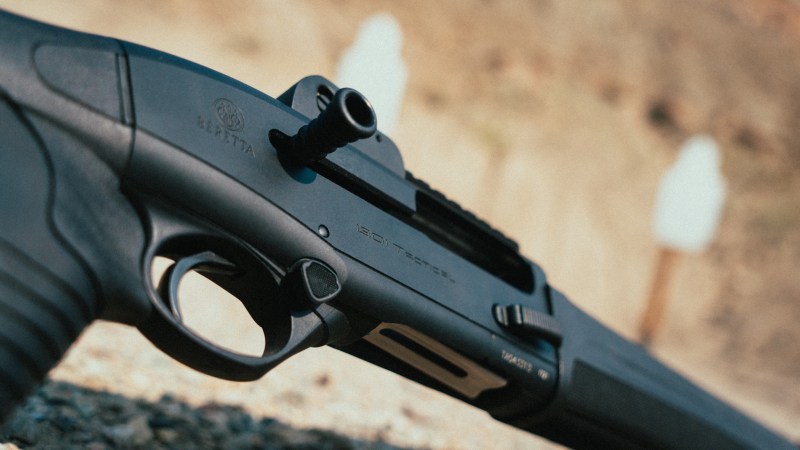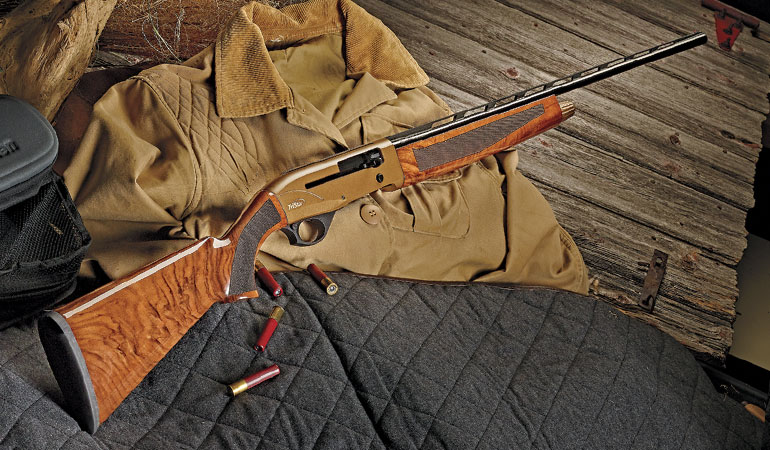We may earn revenue from the products available on this page and participate in affiliate programs. Learn More ›
Local gun shops are some of the best places to find classic shotguns. Reason is, so many shooters are constantly buying new and trading in old pumps, break-actions, and semi-autos to cut into the high price tag of modern smoothbores. So, you never know what may be sitting in the used shotgun rack on any given day. I found a like-new Benelli M1 Super 90, a gun I had been looking to purchase for years, in a Texas shop a few teal seasons ago. There are plenty more old shotguns I have on bucket list, but only five I would buy no matter the cost. They include the Remington 870 Wingmaster .410, Browning Model 12, Ruger Red Label, Winchester 37 Red Letter, and the original Benelli H&K Super Black Eagle. Here is a closer look at these classic guns and why you need to add them to your collection.
1. Remington 870 Wingmaster .410
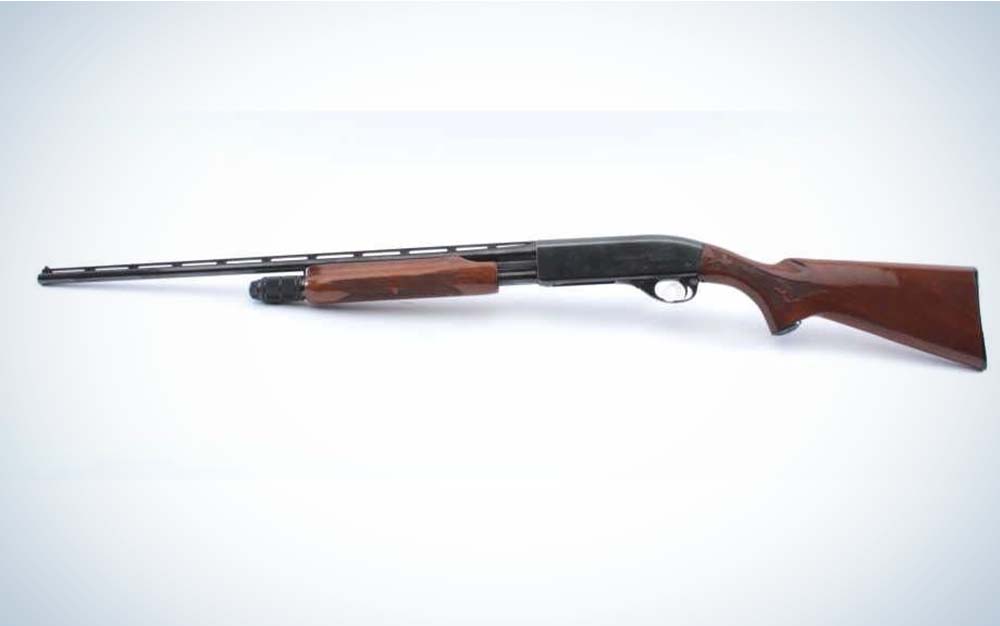
As a hunting tool, the .410 has made huge strides in the last decade all do to the advancement of bismuth and TSS. The smallest bore (it’s a bore size, not a gauge) has always had a place in small game pursuits and skeet, the latter being the main reason Remington delivered a .410 Wingmaster in 1969. Skeet became popular in the U.S. when it debuted as an Olympic sport in 1968. Double guns, especially over/unders dominated the game, but there was a market for sporting repeaters. Remington’s 870 was a top seller so Big Green expanded the line to include both 28-gauge and .410, sold in pairs with matching serial numbers. Remington even included weighted magazine caps for both guns to replicate 12-gauge weight, and make them easier to shoot.
The standard model 870 .410 sports a 25-inch barrel with a modified fixed choke. It’s a nice small game smoothbore, perfect for rabbits, squirrels, and doves if you’re looking to challenge yourself. With TSS or bismuth you could kill waterfowl inside 30 yards with the .410. Same goes for turkeys if the 870 is loaded with tungsten. The WIngmaster .410 has a scaled down receiver but maintains the 14-inch stock of the 12-gauge, making it easy to handle and shoot. Later models had crisply cut checkering, an upgrade from early options with pressed checkering. A mint condition Wingmaster .410 should run you about $800, but they are incredibly hard to find, so take that into consideration if you happen upon one and it’s listed for much more.
2. Browning Model 12
Yes, Browning made a Model 12 too. When Winchester joined Browning under FN Herstal in 1990, the historic brands became teammates. In 1991 and 1992, a limited run of Model 12s were manufactured in Miroku, Japan (Auto-5s and many other Browning’s have been produced there), under the Browning banner. Built in two grades (1 and 5, the higher grade has better wood and gold receiver inlays), the trim shotguns were offered in 20- and 28-gauge.
They were the first M12s since Winchester closed the platform out in 1964. The real gem of the pair is the 28. A Winchester M12 in 28-gauge—there were less than 3,000 made—can fetch as much as $10,000, though you won’t see many individuals selling one. The only place to find them is through auction houses, a pawn shop, or on a used gun rack. The 28 utilizes the same frame as the 20- and 16-gauge guns. Some gunsmiths bought surplus 28-gauge barrels and modified the receivers so skillfully that it’s hard to tell the difference between the two. One way to know is by checking under the stock shank. A real 28 Model 12 will have the gauge designation stamped there.
You can get a 28-gauge Browning Model 12 with a 26-inch barrel and fixed modified choke for much cheaper—the Blue Book value is $1,150 for one that’s in good condition. Collectors bought a bundle of these Browning’s, hoping they would be worth a lot more now. They have gained some value but not in the way the original Winchesters have. Browning also brought out a Model 42 .410 in 1 and 5 grades as well, which are also much less expensive on the used market than the Winchester M42, another highly sought-after pump.
3. Ruger Red Label
John Browning designed the fist American over/under with the Superposed. But it was Bill Ruger who brought investment casting, a process that uses a mold to make precise castings from refractory alloys, to the platform with his excellent Red Label. Sturm, Ruger, and Company (Bill Ruger kept investor Alex Sturm’s name on the masthead even though he passed in 1951 before seeing Ruger flourish) entered the firearms market with a nifty .22 semi-automatic pistol called the Mark I. Pistols of this sort were nothing new in the early 1950s but the price point was. Retail was listed at $37.50.
Ruger continued to produce successful and economical designs throughout the following decades. Their single-action revolvers and outstanding 10/22 top the list. In 1977, Ruger entered the shotgun market with the Red Label, a reasonably priced over/under available in 20-gauge. By 1979 the 12-gauge model was added to the lineup and finally a 28-gauge came about in 1994. Most Red Labels were fitted with screw-in chokes as that system was becoming more prevalent by the late 1970s.
Over the years, Ruger added many Red Label variations to the lineup. Silver receivers replaced early blued models, giving the Red Label its signature look that remained throughout its production. Pistol grip, straight English style grip, a 24-carat gold inlay receiver as a special run in 1999, sporting clay version, the All-Weather (stainless gun with synthetic stock) for waterfowl…they were all part of Red Label history until production ceased in 2011. Ruger resurrected the gun as the Red Label II in 2013, changing the receiver to a one-piece unit from the traditional two-piece that required time consuming fitting.
The Red Label II never got off the ground. Higher costs than expected relative to MSRP doomed the gun from the start. It’s a shame too, the Red Label was the last American-made double. Good quality over/unders for relatively low prices are now a Turkish specialty. Shotguns like the Stevens 555 and Mossberg Silver Reserve are prime examples. However, if you want an American made over/under at a fair price, a used Red Label is the best choice in my opinion.
4. Winchester 37 Red Letter
Nothing fancy here, just quality American craftsmanship in a shotgun built for blue-collar hunters. The single-shot Winchester 37 is elegant in its simplicity with a cool little hammer that clicks into place with deadly precision. Need a gun to add a rabbit to the pot? Grab the 37. Need a goose for Christmas dinner? Grab the 37. Need a deer to supplement the family food supply? You get the picture.
Winchester’s 37 hit the market in 1936 when the U.S. was coming out of the Great Depression and much of the country still lived in rural America. People didn’t have money to burn but they needed a good gun for the family farm. Winchester had built the guns that tamed the American West; now they added an economical (the price in 1936 was $8.98) gun to keep your family well fed. They were built in 12-, 16-, 20-, 28-gauge, and .410 in standard and later (1958) in a boy’s model. Each gauge and configuration had a common thread: none of them were ever stamped with a serial number.
The “Red Letter” (Model 37s built up until 1948) have red paint that fills the Winchester logo on the underside of the receiver. They carry a little more value than later models (an extra $100 or so). I keep a 16-gauge 37 handy around my country home in Mississippi in case unwanted critters show up. Unfortunately, it’s not a red belly.
Read Next: 3 Shotguns That Defined the Early 20th Century (and One That Was an Absolute Blunder)
5. Benelli Super Black Eagle
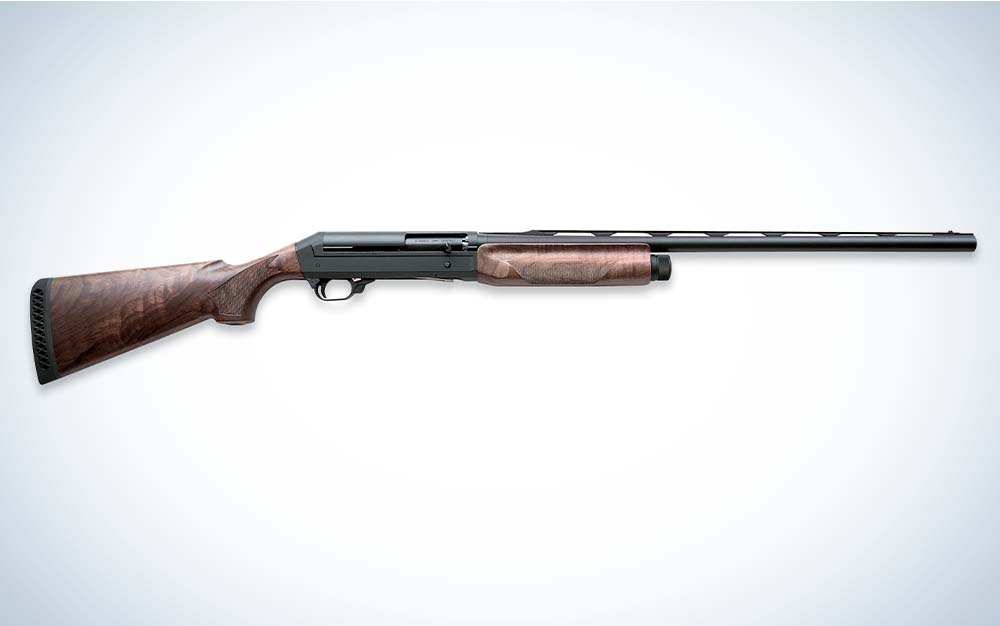
If you’re in a duck blind, there’s a good chance someone in the group is shooting a Benelli Super Black Eagle II or III. But the original SBE is one of the most sought after auto-loaders by duck hunters. In the mid-1990s, the SBE was the hot gun in waterfowling. It was the 3.5-inch shotshell’s first semi-auto platform and just about everybody was trading in their trusty pumps and gas-driven autos for the sleek and nimble SBE. I think a lot of duck hunting diehards were attracted to it for the same reasons they shot 870s and Model 12s—you could beat the hell out of it, take it into muddy fields, and gator-infested swamps without worrying about its ability to function properly.
Over the years, I’ve known many accomplished waterfowl hunters that swear by the original SBE imported by Heckler & Koch and later through Benelli U.S.A. My friend and respected taxidermist Pat Pitt is in his 70s now and still traveling the world and hunting every day of the Arkansas duck season with his SBE. He purchased his first one in 1992 and began buying up others as opportunities arose.
When you find an SBE1 for sale, which is seldom but far from impossible, the guns are often in like-new condition. Why? My theory on this is two-fold: I think many SBE’s were purchased in the ‘90s by hunters with the financial means to afford a $1,000 semi-auto. A fair portion of those folks probably were sitting in comfortable private blinds, not duking it out with other public hunters at venues like Arkansas Bayou Meto or the saltwater bays of coastal Texas where shotguns take a daily beating. The gun was also built like a tank. Yes, it was sleek, but the wood and steel H&K’s are some of the most durable shotguns I have put my hands on.


